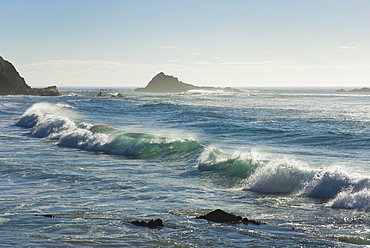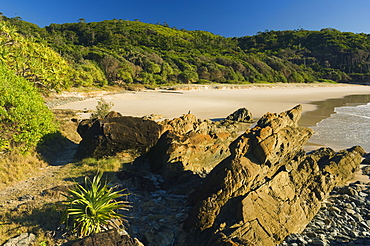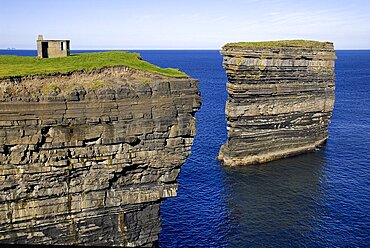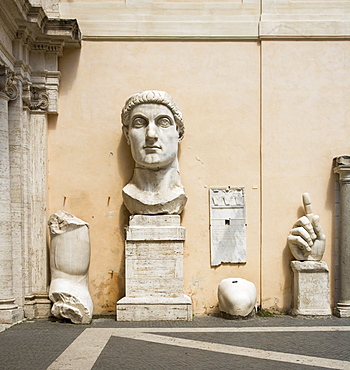Results
7 results found
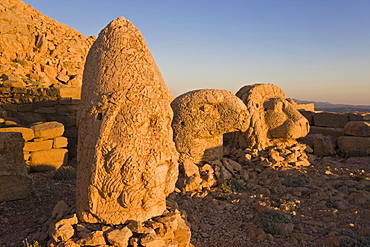
Ancient carved stone heads of the gods, head of Heracles, Nemrut Dagi (Nemrut Dag), on the summit of Mount Nemrut, UNESCO World Heritage Site, Anatolia, Turkey, Asia Minor, Eurasia
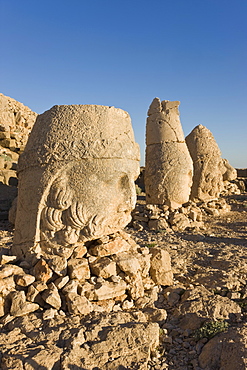
Ancient carved stone heads of the gods, head of Heracles, Nemrut Dagi (Nemrut Dag), on the summit of Mount Nemrut, UNESCO World Heritage Site, Anatolia, Turkey, Asia Minor, Eurasia
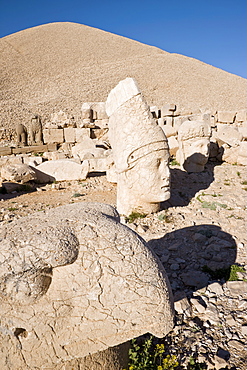
Ancient carved stone heads of the gods, the god Antiochus, Nemrut Dagi (Nemrut Dag), on the summit of Mount Nemrut, UNESCO World Heritage Site, Anatolia, Turkey, Asia Minor, Eurasia
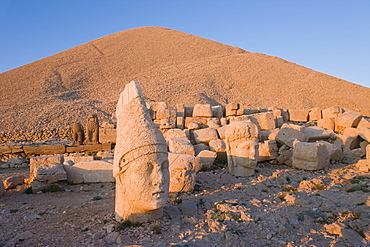
Ancient carved stone heads of the gods, the god Antiochus, Nemrut Dagi (Nemrut Dag), on the summit of Mount Nemrut, UNESCO World Heritage Site, Anatolia, Turkey, Asia Minor, Eurasia
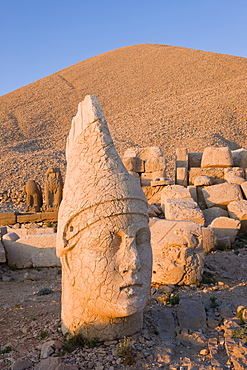
Ancient carved stone heads of the gods, the god Antiochus, Nemrut Dagi (Nemrut Dag), on the summit of Mount Nemrut, UNESCO World Heritage Site, Anatolia, Turkey, Asia Minor, Eurasia
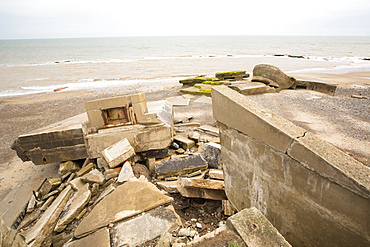
The Remains of the Godwin battery on the beach at Kilnsea at the head of Spurn point on Yorkshires East Coast, UK. Initially constructed during the First World War, the Godwin Battery was added to during the Second World War. It comprised of gun emplacements, search light, barracks, officers’ mess, and a hospital. This section of coastline is the fastest eroding coastline in Europe. The soft boulder clay cliffs are easily eroded and have been eroding since Roman Times, but recently the climate change impacts of increased stormy weather, increased heavy rainfall events and sea level rise have accelerated the rate of erosion. The average rate of attrition is 1.5metres per year, last year it was 5 metres.
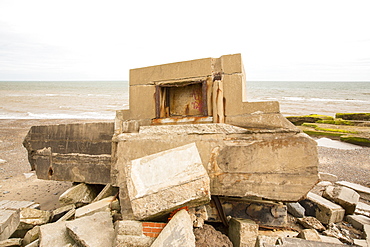
The Remains of the Godwin battery on the beach at Kilnsea at the head of Spurn point on Yorkshires East Coast, UK. Initially constructed during the First World War, the Godwin Battery was added to during the Second World War. It comprised of gun emplacements, search light, barracks, officers’ mess, and a hospital. This section of coastline is the fastest eroding coastline in Europe. The soft boulder clay cliffs are easily eroded and have been eroding since Roman Times, but recently the climate change impacts of increased stormy weather, increased heavy rainfall events and sea level rise have accelerated the rate of erosion. The average rate of attrition is 1.5metres per year, last year it was 5 metres.
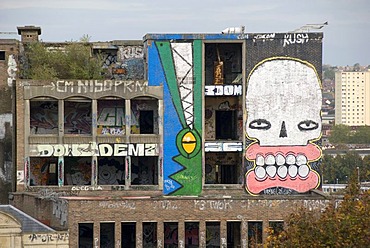
Large graffitit on an old, abandoned building, writing, crocodile, face, Bristol, England, Great Britain, Europe
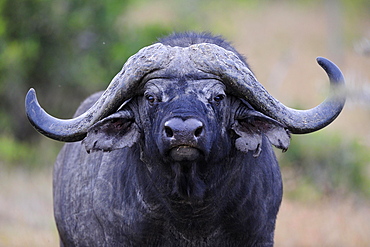
African Buffalo or Cape Buffalo (Syncerus caffer), old bull with broken horn, portrait, Sweetwater Game Reserve, Kenya, Africa
